Opal for those born in October
Reading Time:
1 min {{readingTime}} mins
Thought to have originated from India and derived from the Sanskrit Upala, meaning "precious stone", Opal is just one of two beautiful birthstones that those lucky enough to be born in October are blessed with; the second being pink tourmaline.
Opal was later thought to be a derivative of the Greek word 'opallios' translating "to see a change of colour" and with Opals' beautiful shifting rainbow hues - otherwise known as "play-of-colour", this Greek derivative captures the essence of Opal perfectly.

Valued for millennia, Opal can be found in a number of different places with Australian fields among the most productive sources worldwide of black and white opal. A small town in New South Wales, Australia called Lightning Ridge was famed for the discovery of an amazing black opal in 1877, later leading to a surge in demand for these precious stones.
The incredible heat, dry and rocky regions of this small village makes it a punishing job for many miners but for these opals, it provides the most hospitable of environments. Alongside Australia, deposits of opal are also mined throughout Mexico, South America, Brazil, Britain and the U.S.A, to name only a handful.

Typically, Opal is formed in fossilised shell, wood and bone when silica is liquified, washed down into fissures and then solidified into a hardened gel. This is why Opal, unlike many other gemstones is an amorphous solid as opposed to a crystal. Precious opals located in the likes of Mexico and Brazil can often form in the gas cavities of volcanic rocks compared to Australian deposits which are formed in sedimentary rocks.
Opals are known to contain only 5-20% water, meaning that over many years, they begin to become brittle as they dry out, crack and lose their overall hardness. It is these cracks that, although invisible to the naked eye, cause the beautiful fire-like quality of an Opal. It is because of this process that opals are a very soft and delicate stone, ranging from a 5.5 - 6.5 on the Mohs scale of hardness.
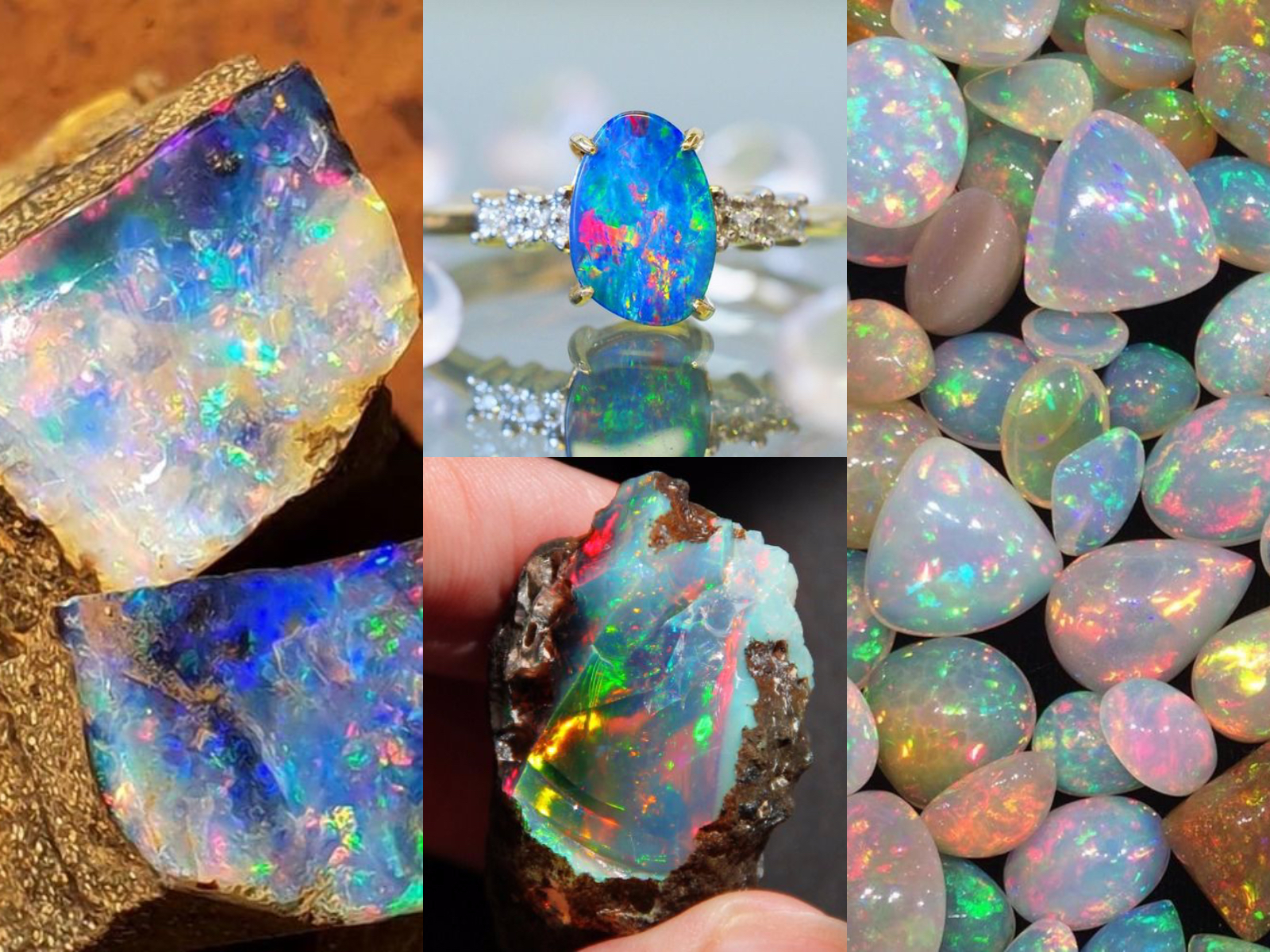
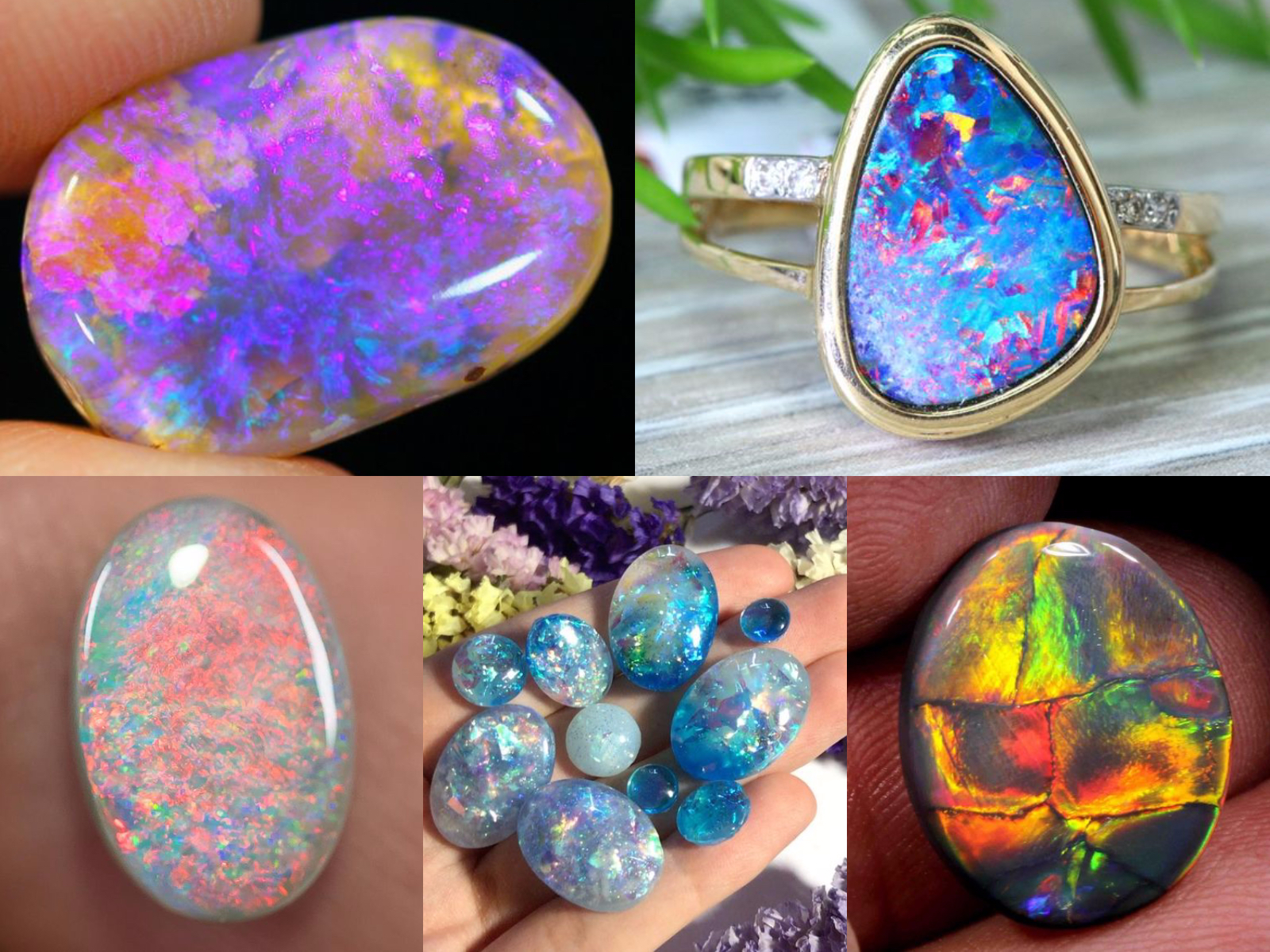
Being only one of two amorphous stones - the other being Amber, opal can often be porous when submerged in liquids other than water which is why such stone should be cared for with caution. A good indicator for a good quality opal stone is one that is transparent in appearance as opposed to milky.
No two opals are exactly with each and every stone displaying a unique collection of colours and design as the light catches it from different angles. The dramatic play-of-colour of Opal has been forever likened to that of volcanoes, fireworks and galaxies, due to it encompassing all the colours of other gemstones; the green of emerald, the red of ruby, the purple of amethyst and the yellow of topaz. The Roman scholar Pliny observed, “Some opali carry such a play within them that they equal the deepest and richest colors of painters. Others…simulate the flaming fire of burning sulphur and even the bright blaze of burning oil.”
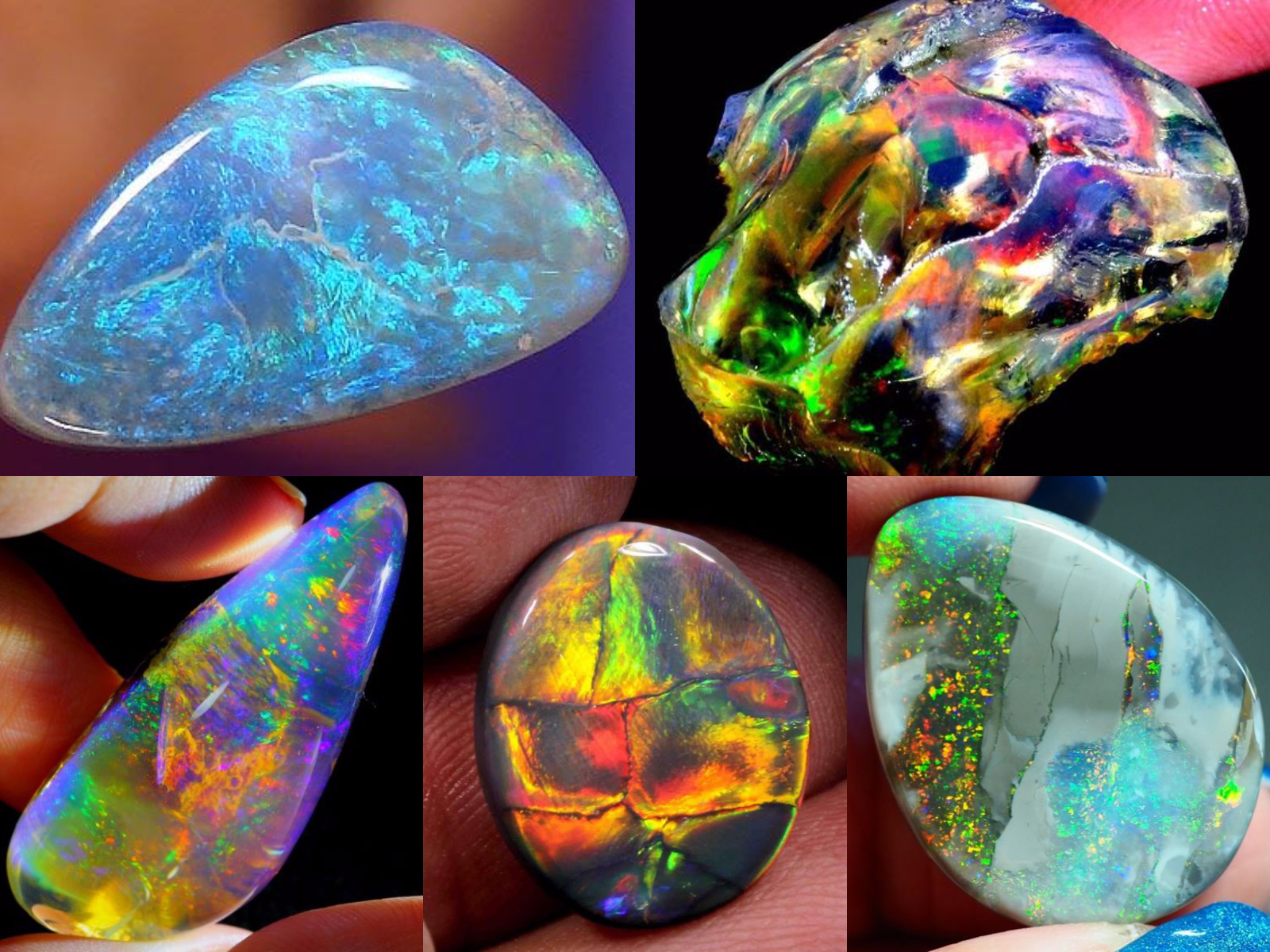
The rich display of colour derives from opal's formation process and the reflection of light from the minute, uniformly sized silica spheres. The variation in the size, arrangement and pattern of these spheres is what directly correlates to the differentiation of colour between each opal gem. Showcasing an abundance of colour, those with the most brilliant of fire - red in particular - are usually the most valuable and expensive.
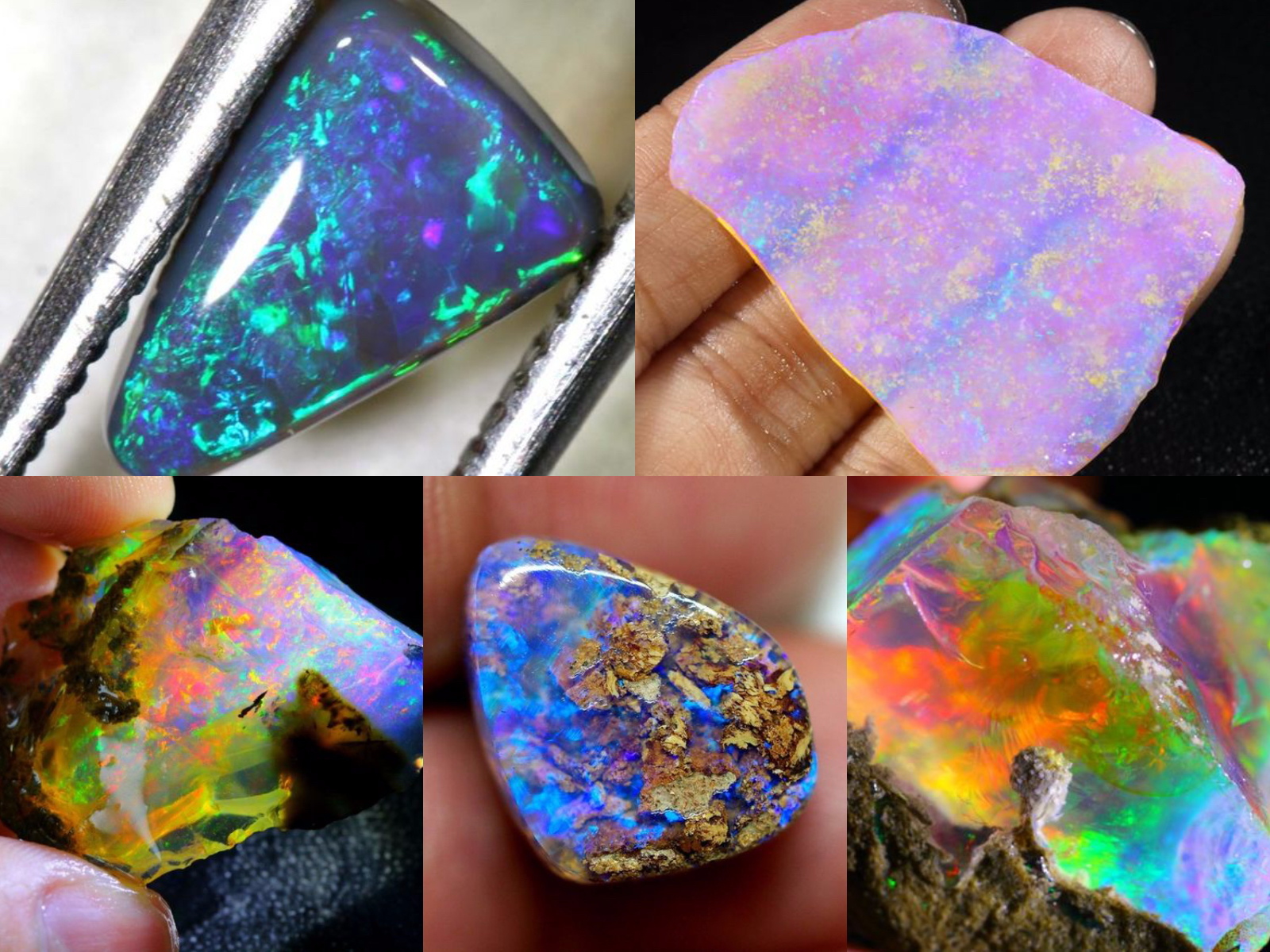
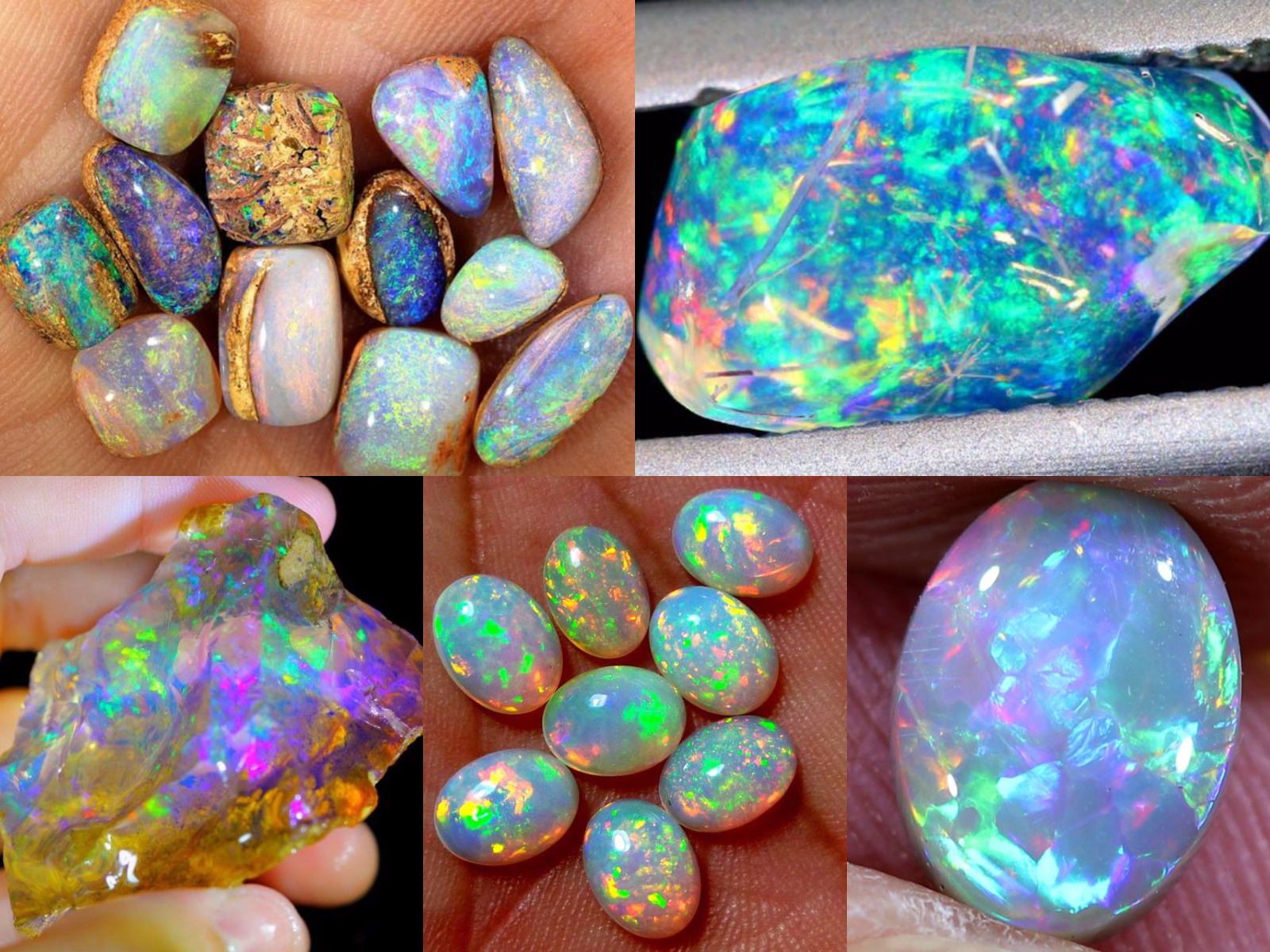
It is this beautiful display of colour and charm that led many cultures to believe Opal held both supernatural origins and powers. Bedouins once thoughts that opal contained a form of lightning that fell from the heavens during thunderstorms. Ancient Greeks believed opals bestowed gifts of prophecy and protection from disease. Hundreds of years ago, even Europeans considered the opal gem to be a symbol of purity, innocence and truth. Historically, Opal as been associated with a number of mystical lore and powers including passion and romance, dynamic creativity and aids in accessing one's true self.
Author:
Published:








